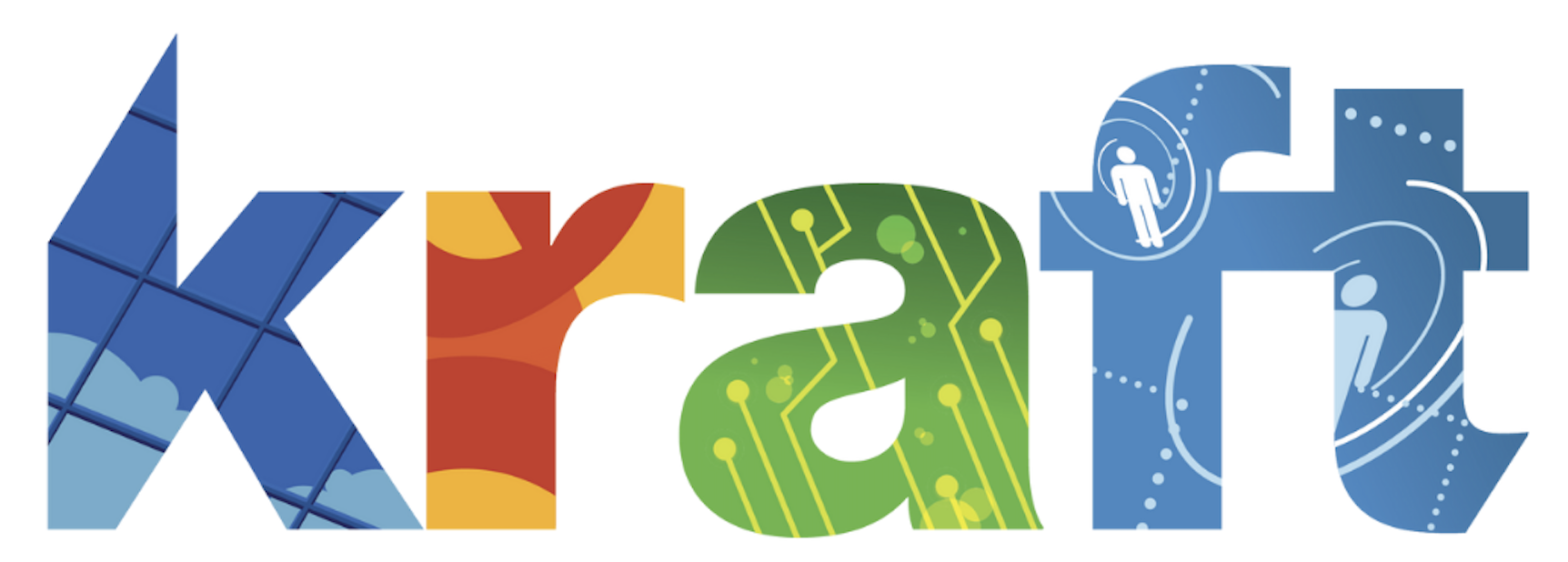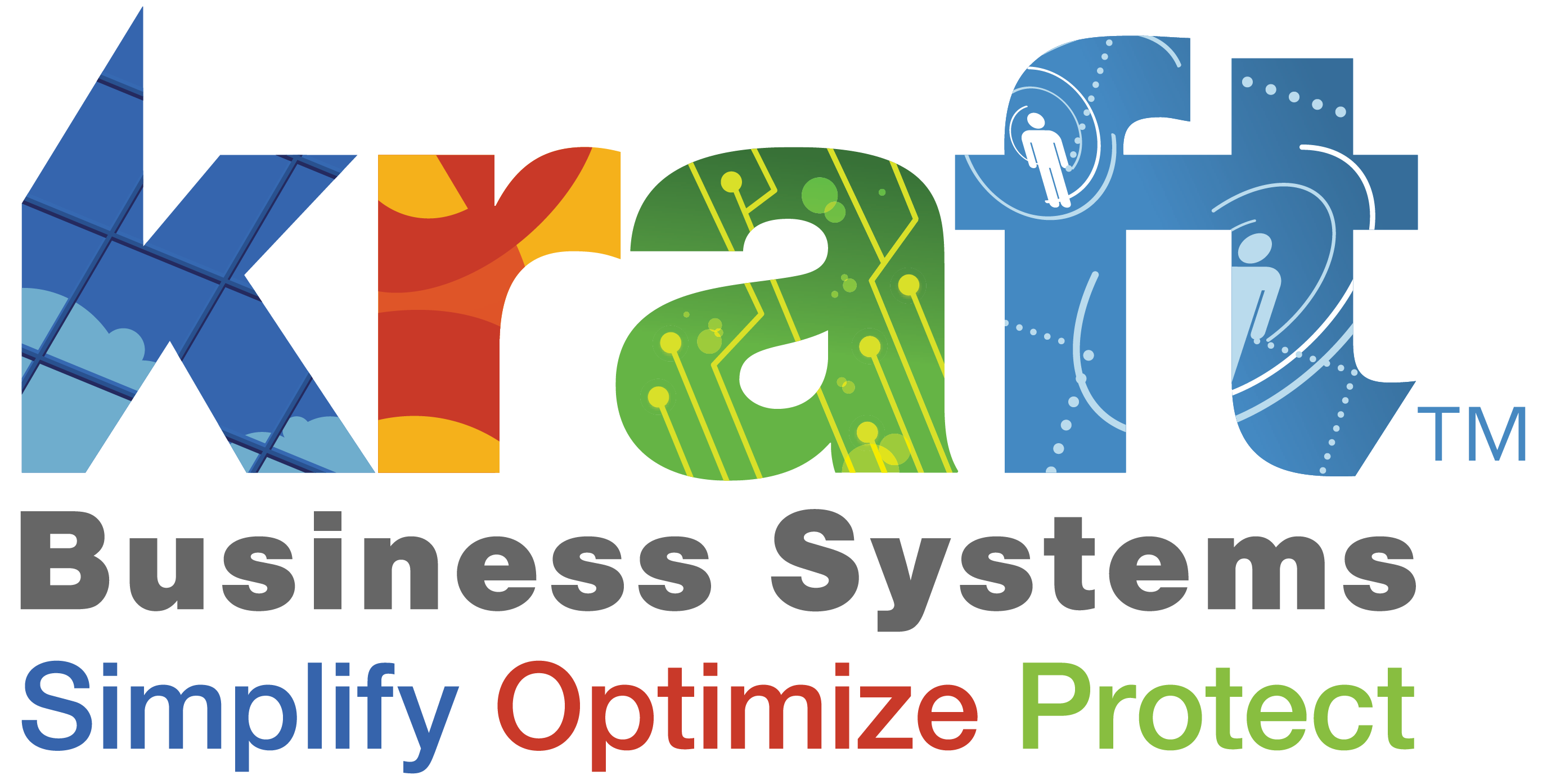A Document Management System (DMS) is a robust software solution designed to store documents, manage, and retrieve electronic documents efficiently. It offers a centralized platform for managing digital content, allowing businesses to handle their document lifecycle management seamlessly.
The importance of a DMS in modern business cannot be overstated. For instance, companies leveraging these systems see significant improvements in productivity and data security. By implementing a DMS, businesses can transition to a paperless office, enhancing workflow automation and reducing operational costs. This move not only boosts efficiency but also ensures compliance with industry regulations.
Moreover, a well-integrated DMS facilitates version control, ensuring that the latest electronic documents are always accessible. Therefore, adopting a DMS is not just a technological upgrade but a strategic initiative for sustainable growth.
Benefits of a Document Management System
Improved Efficiency and Productivity
A DMS dramatically enhances efficiency by automating routine tasks. For example, it simplifies document retrieval with advanced search capabilities. This means employees spend less time searching for files, leading to a more productive work environment. Moreover, workflow automation ensures that documents move seamlessly through various stages of approval, reducing delays and errors.

Additionally, document management software integrates seamlessly with existing business applications. This integration means you can access and manage your documents directly from your favorite tools, further streamlining operations.
Enhanced Security and Compliance
A DMS provides robust data security features, ensuring that sensitive documents are protected from unauthorized access. With features like audit trails and access controls, businesses can monitor who accessed a document and when. This level of scrutiny is crucial for compliance with regulatory standards.
Moreover, document management solutions often come with encryption capabilities, adding an extra layer of security to digital documents.
Cost Savings and ROI
Implementing a DMS can lead to substantial cost savings. By reducing the need for physical storage and paper, businesses can cut down on material costs. In addition, the automation of workflows reduces labor costs associated with manual processing. Over time, these savings contribute to a significant return on investment (ROI).
Above all, a DMS enhances operational efficiency, which translates to financial benefits. For example, faster document retrieval and improved version control mean that employees can focus on more value-added tasks, driving business growth.
Key Features of an Effective Document Management System
User-Friendly Interface
An effective DMS boasts a user-friendly interface that simplifies the user experience. This means even employees with minimal technical skills can navigate the system with ease. A well-designed interface reduces the learning curve, ensuring that your team can start using the system quickly.
Advanced Search Capabilities
Advanced search capabilities are a hallmark of a superior DMS. This feature allows users to locate documents using various criteria, such as keywords, dates, or metadata. For instance, optical character recognition (OCR) can be employed to search within scanned documents, making document retrieval faster and more efficient.
Integration with Other Systems
A top-notch DMS seamlessly integrates with other enterprise systems. This includes enterprise content management (ECM) systems, customer relationship management (CRM) software, and content management systems. Such integration ensures a smooth workflow, as documents can be accessed and managed within the applications your team already uses.
For example, integrating with ECM allows for comprehensive records management, while CRM integration enables easy access to client-related documents.
Security Features
Security features are critical in any DMS. These features include encryption, access controls, and audit trails. Encryption ensures that electronic documents are stored securely, protecting them from unauthorized access. Access controls allow administrators to set permissions, ensuring that only authorized personnel can view or edit sensitive documents.
Moreover, audit trails provide a detailed log of all document activities, from creation to deletion. This feature is essential for maintaining compliance and ensuring accountability within your organization.
By focusing on these key features, businesses can select a document management solution that meets their needs and enhances their operational efficiency.
Steps to Implement a Document Management System
Assessing Your Needs
Before diving into the document management system (DMS) implementation, it’s crucial to assess your needs. Start by analyzing your current document workflows. This involves understanding how documents move through your organization, from creation to storage. Identify any bottlenecks or inefficiencies.

After that, pinpoint your pain points and requirements. For instance, do you need better document retrieval capabilities or enhanced document security? Understanding these needs will guide you in selecting the right DMS features. In other words, a thorough assessment lays the foundation for a successful implementation.
Choosing the Right DMS
Choosing the right DMS is pivotal. Consider factors like user-friendliness, integration capabilities, and security features. Additionally, assess whether the DMS supports cloud-based document management, which offers flexibility and scalability.
Next, compare popular DMS solutions. For example, some systems may excel in workflow automation, while others offer robust document archiving features. Look for a DMS that aligns with your business processes. Moreover, consider vendors that offer a free trial. This allows you to test the system before committing.
Planning the Implementation
Planning is essential for a smooth implementation. Begin by setting clear goals and timelines. Define what success looks like for your DMS project. In addition, assign roles and responsibilities to ensure accountability.
For instance, designate a project manager to oversee the implementation. Similarly, involve IT staff for technical support and departmental heads to facilitate knowledge management. A well-structured plan helps keep the project on track and ensures all stakeholders are aligned.
Data Migration
Data migration is a critical step in DMS implementation. Start by preparing your documents for migration. This might involve converting physical documents into digital formats using document imaging technology.
Ensure data accuracy and integrity during the migration process. This means verifying that all documents are transferred correctly and without errors. Utilize document capture tools to streamline this process. A successful data migration ensures that your new DMS contains all necessary documents, properly organized and accessible.
Training and Onboarding
Training is vital to the success of your new DMS. Provide comprehensive training sessions for all employees, focusing on how to use the software effectively. This should include how to upload, retrieve, and manage documents within the system.
Offer ongoing support and resources to address any issues that arise. For instance, create user manuals and tutorials. By ensuring your team is comfortable with the new system, you increase the chances of a smooth transition and long-term success.
Testing and Evaluation
After the initial implementation, conduct thorough tests to evaluate the system’s performance. Test for document retrieval speed, workflow automation, and document security. Make necessary adjustments based on feedback. Continuous evaluation ensures the DMS meets your needs and operates efficiently.
Overcoming Common Challenges in DMS Implementation
Resistance to Change
Resistance to change is a common challenge when implementing a new DMS. Employees may be accustomed to existing processes and hesitant to adopt new technology. To address this, communicate the benefits of the new system clearly. For instance, emphasize how the DMS will streamline workflows and reduce manual tasks.

In addition, involve employees in the implementation process. Solicit their feedback and address their concerns. This fosters a sense of ownership and eases the transition. Above all, provide adequate training to boost their confidence in using the new system.
Data Security Concerns
Data security is a significant concern when implementing a DMS. Ensure that the system you choose offers robust security features such as encryption, access controls, and audit trails. These features protect sensitive information from unauthorized access.
For instance, optical character recognition (OCR) can be used to secure documents by converting them into searchable and encrypted digital formats. Additionally, educate employees about best practices for data security. By prioritizing security, you can mitigate risks and protect your organization’s information assets.
Integration Issues
Integration with existing systems can be challenging. Many document management systems may not seamlessly integrate with your current software. To overcome this, choose a DMS that supports integration with your business tools, such as CRM systems, and Microsoft Office.
Work closely with your IT team to ensure a smooth integration process. Testing the integration thoroughly before full implementation helps identify and resolve any issues. By addressing integration challenges proactively, you ensure a seamless transition to the new system.
Best Practices for Maintaining Your Document Management System
Regular maintenance is crucial for keeping your DMS running smoothly. Schedule regular updates to ensure the system stays current with the latest features and security patches. This helps prevent vulnerabilities and keeps the system efficient.
Monitoring and auditing usage is also essential. Regularly review how the system is being used and identify any issues or areas for improvement. Conduct periodic audits to ensure compliance with organizational policies and regulatory requirements.
Continual training and support are vital for long-term success. Offer ongoing training sessions to keep employees updated on new features and best practices. Providing continuous support helps address any issues promptly and keeps the system running efficiently.
Future Trends in Document Management Systems
The future of DMS is exciting, with several trends shaping the landscape. AI and machine learning are transforming how documents are managed. These technologies enable intelligent information management, allowing for automated document capture, categorization, and retrieval.
Cloud-based DMS solutions are becoming increasingly popular. They offer flexibility, scalability, and cost savings. Businesses can access their documents from anywhere, enhancing collaboration and productivity.
Mobile accessibility is another growing trend. With mobile-enabled DMS, employees can manage documents on the go, ensuring they have access to critical information anytime, anywhere. These trends highlight the evolving nature of document management, offering businesses new ways to enhance efficiency and security.
What People May Also Ask
What is a Document Management System?
A Document Management System (DMS) is software that helps organizations store, manage, and retrieve electronic documents efficiently.
How does a DMS improve productivity?
A DMS improves productivity by automating workflows and providing quick access to documents, reducing the time spent on manual tasks.
What are the costs associated with a DMS?
Costs vary depending on the features and scale of the system. Some vendors offer a free trial to help businesses evaluate the system before purchasing.
How do you choose the right DMS for your business?
Consider factors like user-friendliness, integration capabilities, and security features. Test different systems using free trials to find the best fit.
Can a DMS integrate with other business systems?
Yes, many DMS solutions integrate with systems like ERP, CRM, and office applications.
What are the security features of a DMS?
Security features include encryption, access controls, and audit trails.
How long does it take to implement a DMS?
Implementation time varies but typically ranges from a few weeks to several months, depending on the system’s complexity and the organization’s size.
Final Thoughts on Implementing a Document Management System
In conclusion, implementing a Document Management System (DMS) is a strategic move for any modern business. A DMS not only improves efficiency and productivity but also enhances security and ensures compliance.
By choosing the right system and following best practices, businesses can achieve significant cost savings and a high return on investment. Therefore, it’s essential to invest in a robust DMS to streamline document management and drive sustainable growth.






